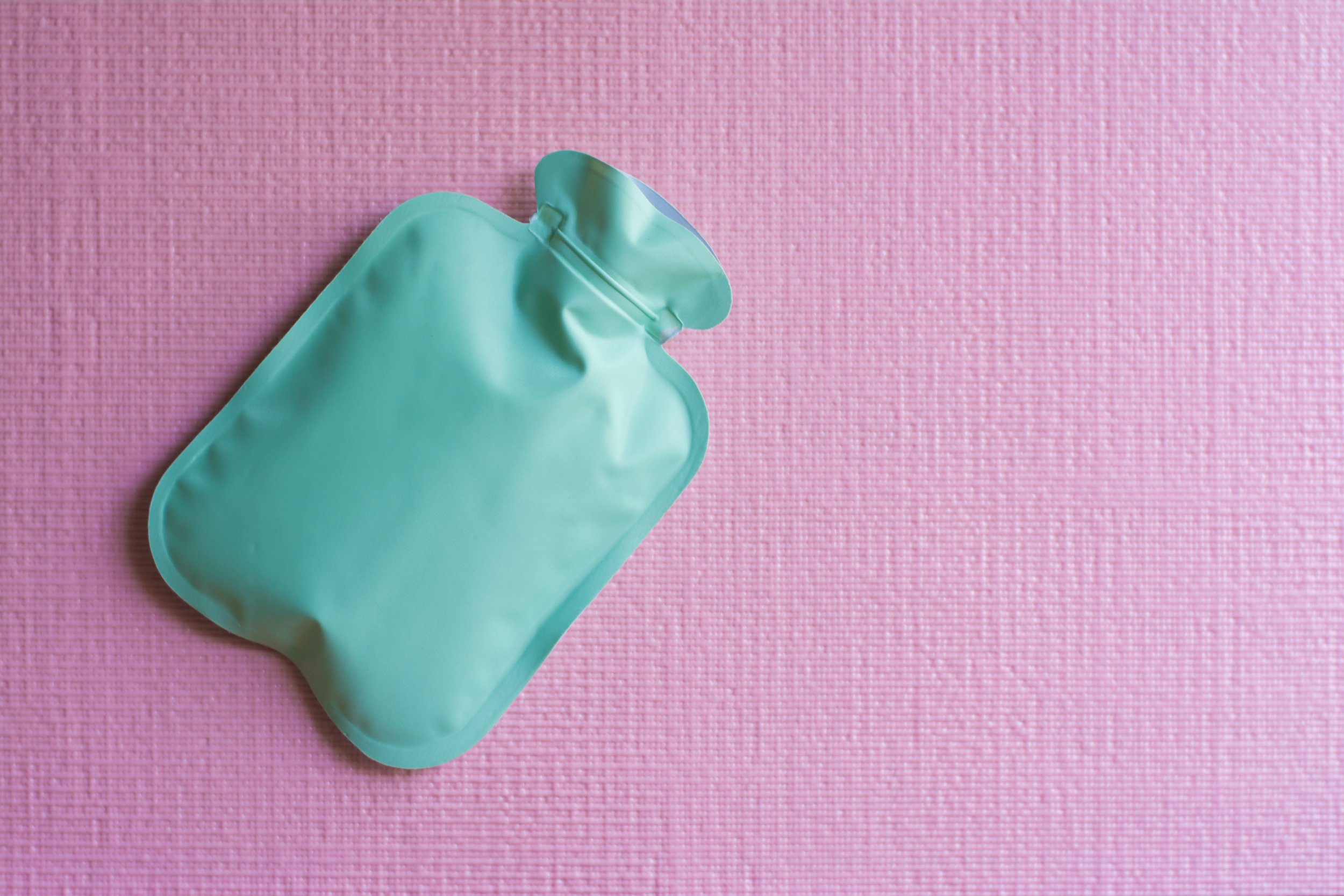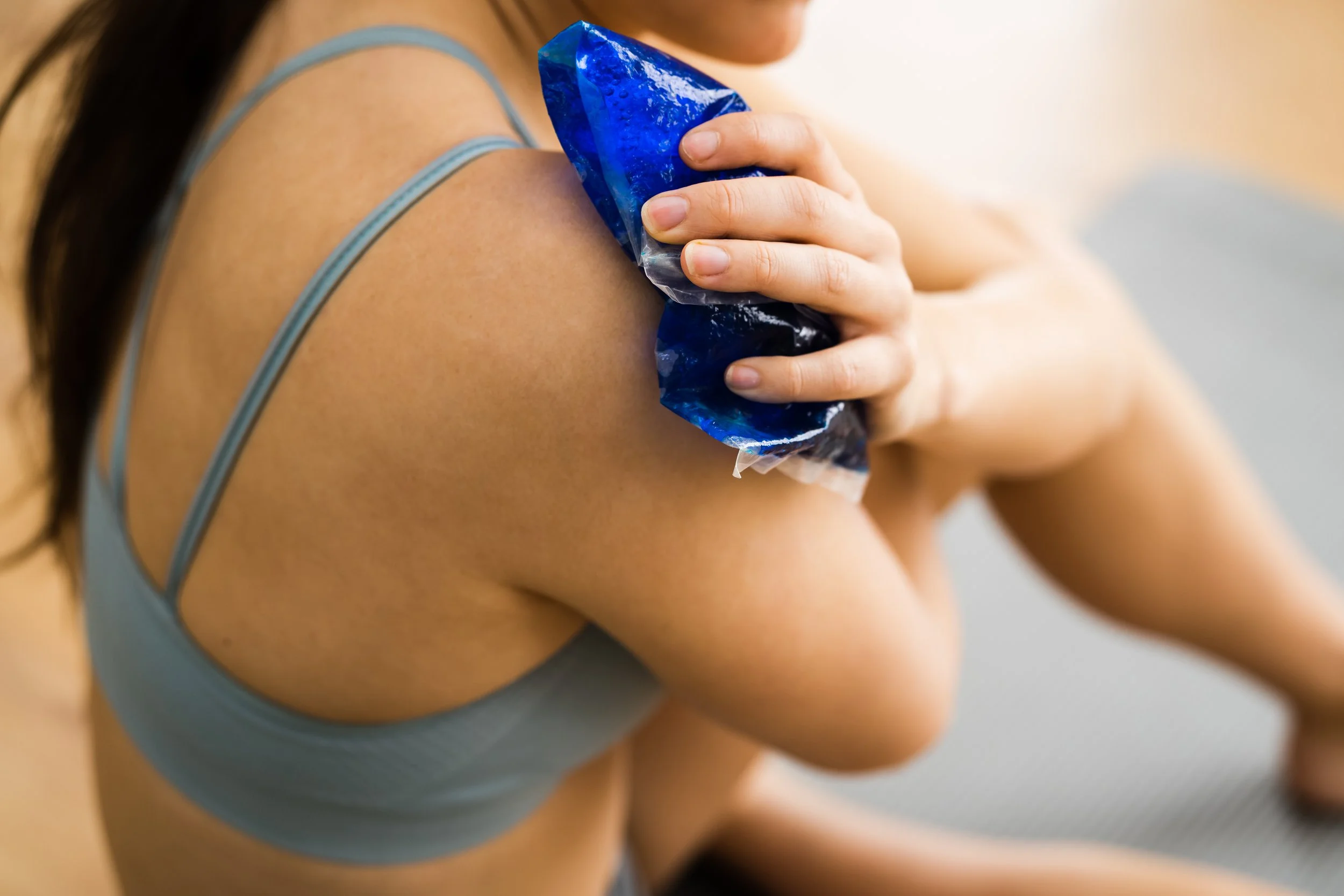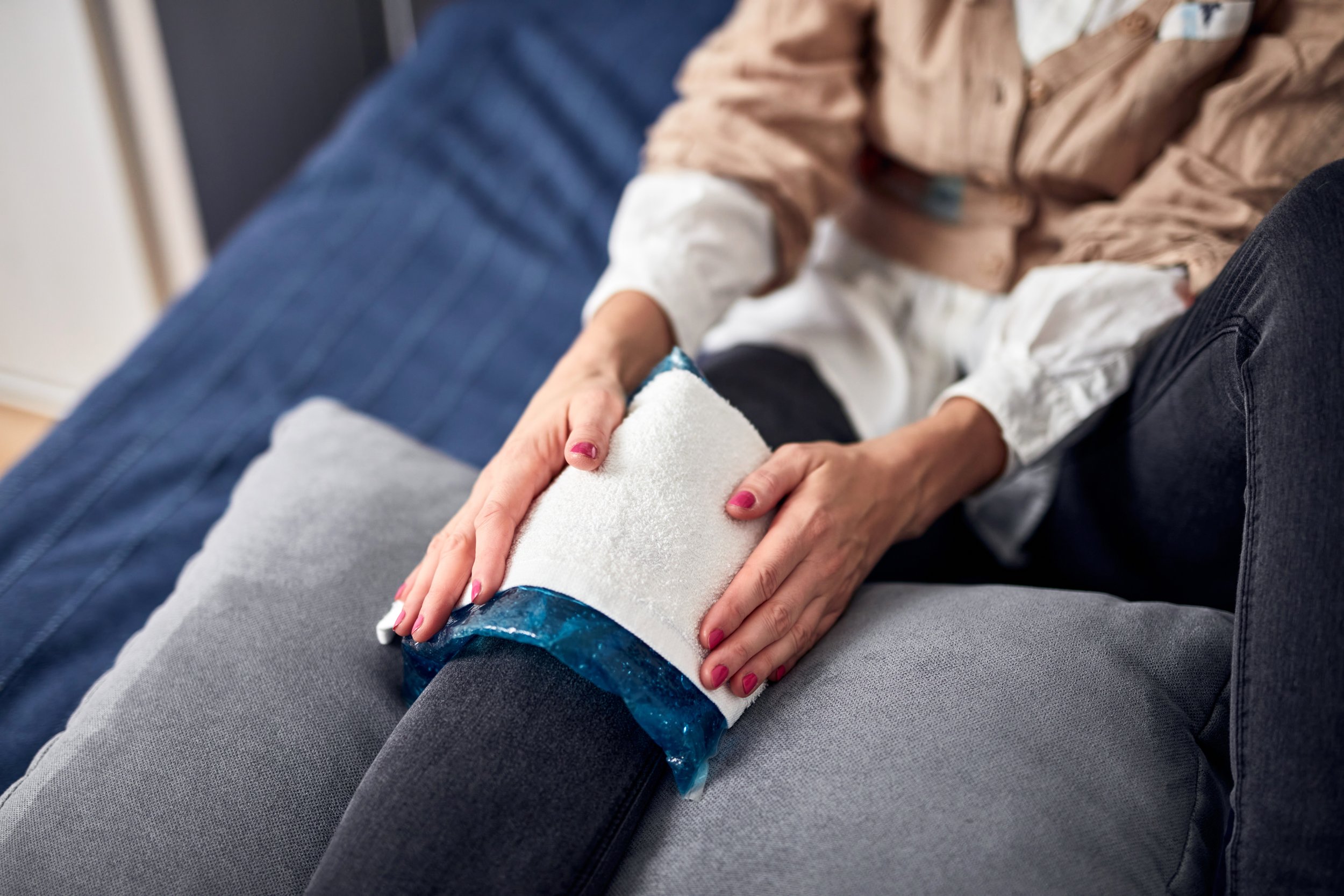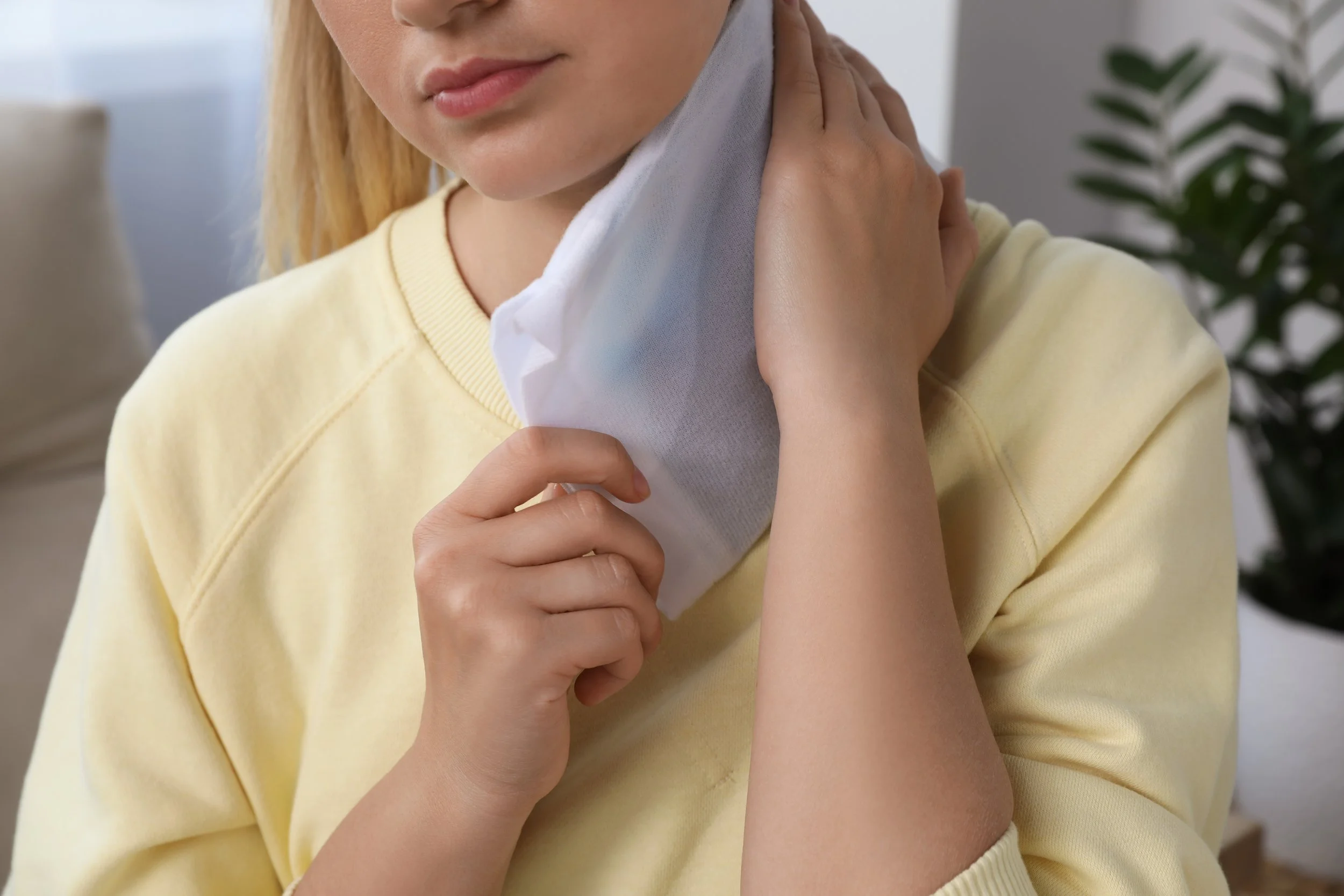When Should I Use Heat or Ice?
Ice or Heat: Pain’s Greatest Question
Life has a funny way of leaving its mark on us and quite often it can hurt! By now you’ve likely experienced some kind of injury that caused bruising, swelling, and worst of all pain, either acute or chronic. With any injury therein lies the proverbial question, “should I use ice or heat?” The concept of applying these thermal modalities can seem relatively simple and straight forward but it can become confusing as not every injury presents the same. Thus it makes senses why I’m frequently asked which one should be used for a particular injury. Sometimes I’ve suggested that both are appropriate depending on the situation. Improper use of these modalities can slow your recovery, so it is important to base your decision on physiology and what is most safe and effective.
The Physiology of Heat and Ice
To properly utilize heat and ice, it important to know a little physiology of both as you will likely be the one responsible for its application.
Ice is a vasoconstrictor which means it will narrow the blood vessels and reduce pain and inflammation. It also has a short-term analgesic effect on the body. It does this by disrupting nerve conduction and slowing pain signals from the affected area to the brain. This is why the skin and the surrounding area can become numb.
Heat is a vasodilator which means it will widen blood vessels and promote the flow of blood to the applied area. Increased blood flow raises body temperature and helps to alleviate pain by relaxing muscle tissue.
““Icing or “cryotherapy” is effective with any acute injury and will help reduce the strong initial inflammatory responses of the body.””
When Should I Use Ice?
Icing or “cryotherapy” is effective with any acute injury and will help reduce the strong initial inflammatory responses of the body. Some hallmark signs of inflammation include redness, swelling, or radiating warmth. It may also be used to control and reduce muscle spasm and nerve pain. A good rule of thumb when using ice is to applying for 10 to 15 minutes or until area is numb. To avoid tissue damage such as frostbite, never exceed more than 20 minutes. Treatment can be done several times a day but it is important to provide time in between application to allow the skin and other tissues to return to body temperature.
More often than not people will ice until it becomes uncomfortable but not long enough that it becomes effective. Rightfully so, icing can be quite a shock to the body and can sometimes hurt worse than the injury itself. A mnemonic I like to provide my patient’s to help them understand the sensory progression with what they’re experiencing is “CBAN”.
C – Cold: Initial application is met with cold sensation.
B – Burning: Cold sensation will lead to such intensity that it feels like involved area is burning.
A – Aching: Burning sensation will transition to an ache.
N – Numbness: The analgesic effect of ice is met with a numbing sensation.
Avoid using ice if you have impaired sensation of the area, circulatory disorders, hypersensitivity or poor tolerance to cold such as with Raynaud’s Disease.
There are a number of cryotherapy agents used to combat pain and swelling. Ice packs, gel packs and even those bags of frozen peas buried in your freezer are appropriate to use. If safe to do so, you can even try an ice bath. A very effective method is a localized ice massage. This involves freezing water in either a Styrofoam or Dixie cup, peeling the cup enough to expose the ice, and applying the ice to the targeted area in a constant circular pattern for 3-5 minutes. This is quicker than an ice pack and less shock to the body than an ice bath.
““Heat is a vasodilator which means it will widen blood vessels and promote the flow of blood to the applied area. Increased blood flow raises body temperature and helps to alleviate pain by relaxing muscle tissue.” ”
When Should I use Heat?
The body loves a core temperature at around 98 degrees and with the relaxing nature of a heat or “thermotherapy”, it makes sense that people can instinctively reach for the heat pack. After the time of injury, 48 – 72 hours should pass before heat is considered but depending on its severity, this could be much longer. Only after the acute phase has passed and inflammation is under control, you may then begin to heat things up. Some common indicators for use of heat are soreness, stiffness, or a dull/aching pain.
Don’t Overcook!
There is more room for error when using a hot pack. Compared to the use of ice, the temperature is not as easy to regulate and because of this, additional layers may be required between the skin and heating agent. There is no set time when applying heat but practice close monitoring as heat packs can be easily be left on for too long, which can lead to burn injuries.
Topical Ointments:
There exist a number of OTC analgesics (i.e. Icy-Hot and Bio-Freeze) that aim to provide the same effect as ice and heat but in a more convenient form. These products are effective in mitigating pain but despite the sensation of warm and cold, they do not physically alter the body’s tissue temperature. Instead they work either through a chemical reaction or by manipulating the thermoreceptors of the body as a means to distract the brain from pain. Generally speaking these products are safe however one should be mindful of any skin allergies before using them.
Bottom Line
Administered correctly, ice and heat can effectively work to your advantage. Self-care with either modality can significantly shorten your recovery time and get you back to doing the things you love! If you’re unsure which one is best suited for you, consult your physical therapist today!
References:
Giles, S.M. (2018) Therapeutic Modalities. In S. Paquette (Ed), PTA Exam The Complete Study Guide (pp. 615 -627). Essay, Score Builders
O’Sullivan, S.B., Schmitz, T.J., & Fulk, G.D. (2019) Physical Rehabilitation. F.A. Davis Company
Nanneman, D. Thermal modalities: Heat and cold. A review of physiologic effects with clinical applications. AAOHN journal : official journal of the American Association of Occupational Health Nurses. Retrieved July 11, 2022, from https://pubmed.ncbi.nlm.nih.gov/





